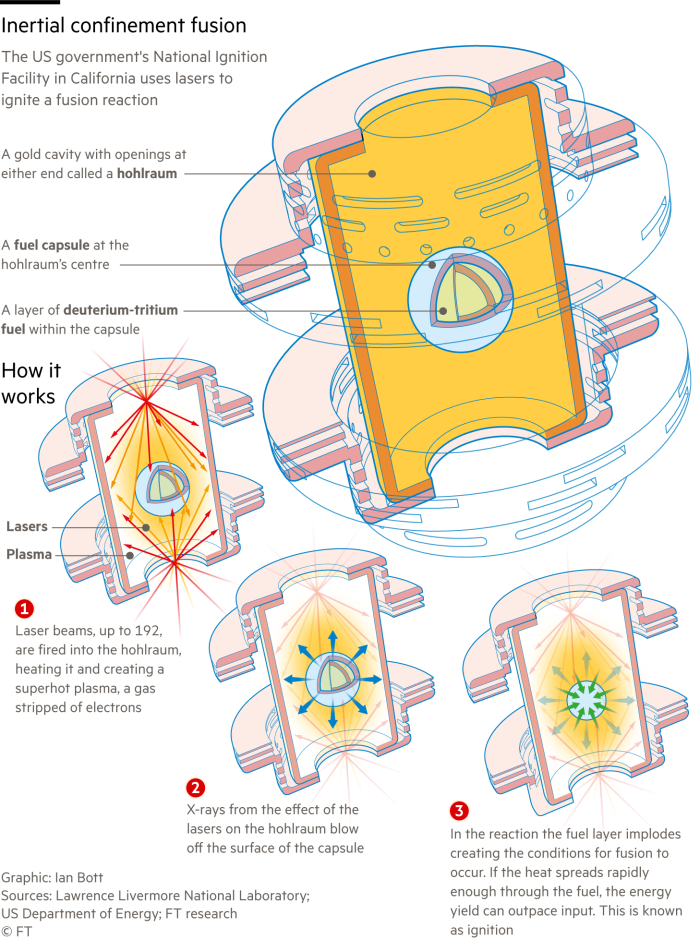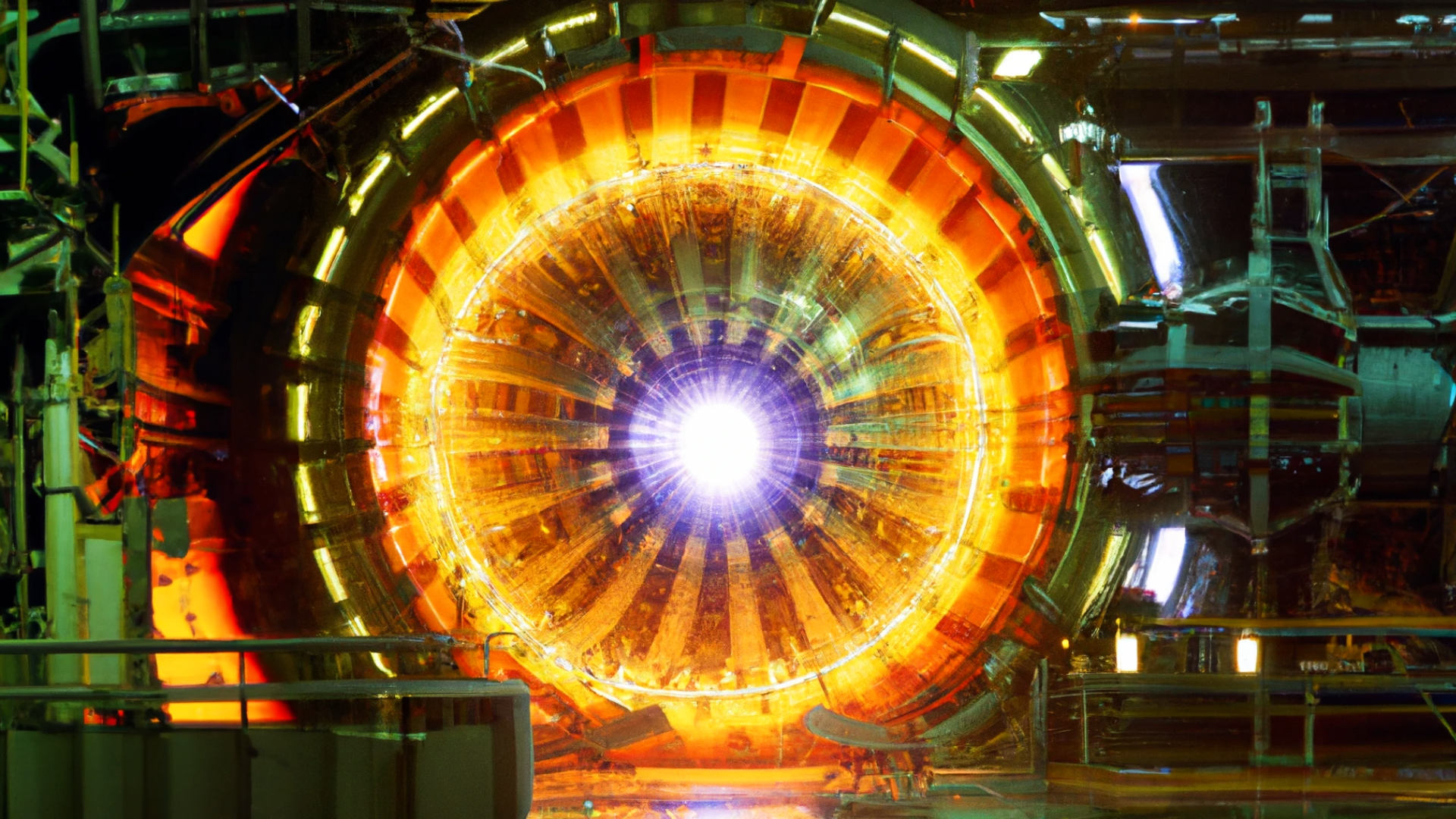In the quest to unlock a ‘near-limitless, safe, clean’ source of energy, researchers in the US have reportedly succeeded in sparking a fusion reaction that created more energy than it consumed.
According to the Financial Times, US government scientists have made a breakthrough in the pursuit of limitless, zero-carbon power by achieving a net energy gain in a fusion reaction for the first time.
They did so using the same nuclear processes that fuel the Sun and other stars, which involves smashing together light elements like hydrogen to form heavier ones.
This releases a huge burst of energy and, on this occasion, it seems as though more was created (2.5 megajoules) than was consumed (just 2.1 megajoules).
The approach, which has been hailed as having significant potential as a sustainable energy source and a reliable, abundant alternative to fossil fuels, is extremely promising in the race to meet our 2050 net zero targets.
Dubbed the ‘holy grail’ of energy production, nuclear fusion has been touted as the key to revolutionising the sector for decades as it doesn’t damage the atmosphere, leaves no harmful carbon emissions or radioactive waste behind, and can generate ten million times the energy of burning fossil fuels.
Harnessing it, however, has proved no easy feat. Since the 1950s, researchers have spent copious amounts of time, money, and resources trying to demonstrate a positive energy gain – to no avail.
Until now of course, which is why news that the National Ignition Facility (NIF) at Lawrence Livermore National Laboratory in California has apparently brought this futuristic vision one step closer to reality is garnering so much attention.





















